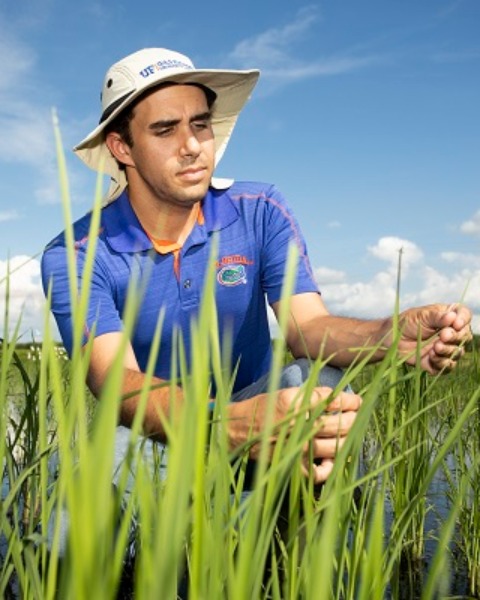10-Minute Presentation
Plant-Insect Ecosystems
10-min: P-IE, Ecology
Engaging Florida sugarcane growers to understand population trends of the lesser cornstalk borer
Sunday, November 9, 2025
8:24 AM - 8:36 AM Pacific
Location: Oregon Convention Center, E141-142, OCC

Matthew VanWeelden
Extension Faculty
University of Florida
Belle Glade, Florida- CK
Christian Kammerer
University of Florida
LaBelle, Florida
Presenting Author(s)
Co-Author(s)
The lesser cornstalk borer (LCB), Elasmopalpus lignosellus (Zeller), is a stem borer pest of sugarcane throughout Florida’s Everglades Agricultural Area (EAA). While this pest occurs annually, the population dynamics are not fully understood, especially with regard to differences in populations across varying soil types. To provide Florida sugarcane growers with accurate data on the regional populations dynamics of this pest, extension faculty with the University of Florida implemented a pheromone trap scouting program to assist growers with determining peak periods of LCB infestation. Pheromone traps containing synthetic LCB sex pheromones were deployed in sugarcane fíelds throughout the EAA from September through May of 2022-2025. Fields were selected based on soil type (organic versus sand), sugarcane variety, and the presence of sugarcane susceptible to LCB feeding (3-7th leaf stage). Average monthly moth counts were greater in sugarcane planted on sand soils versus organic soils. During the 2022/2023 growing season, average monthly moth counts ranged from 3.2 to 18.4 on sand soils and 3.8 to 14.2 on organic soils. Infestations peaked in March on both soil types. During the 2023/2024 growing season, average monthly moth counts ranged from 5.5 to 26.8 on sand soils and 2.0 to 34.8 on organic soils. No significant correlation between soil moisture level and LCB here counts was determined. Data collected from these surveys were published weekly in the Florida Sugarcane Growers Newsletter. In addition, hand-on trainings were organized to educate sugarcane growers on how to conduct LCB surveys.
.png)
